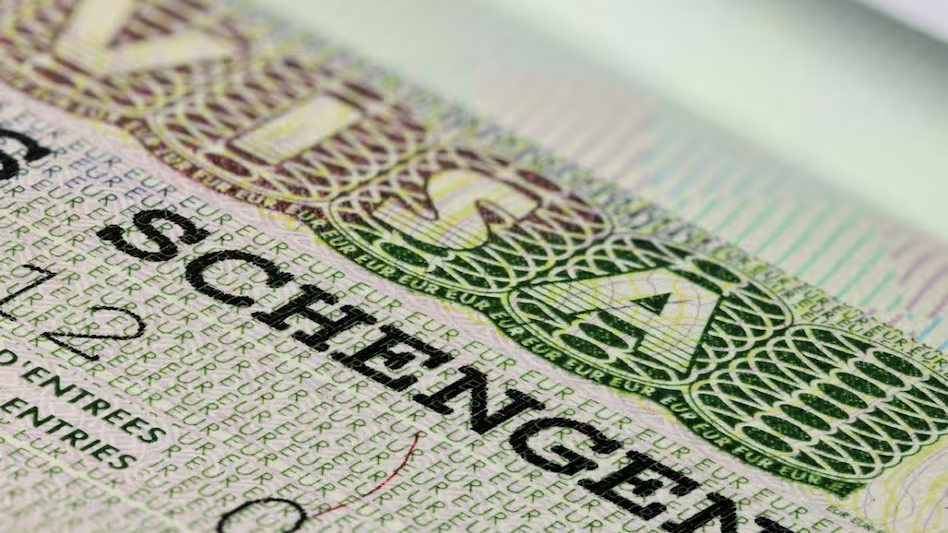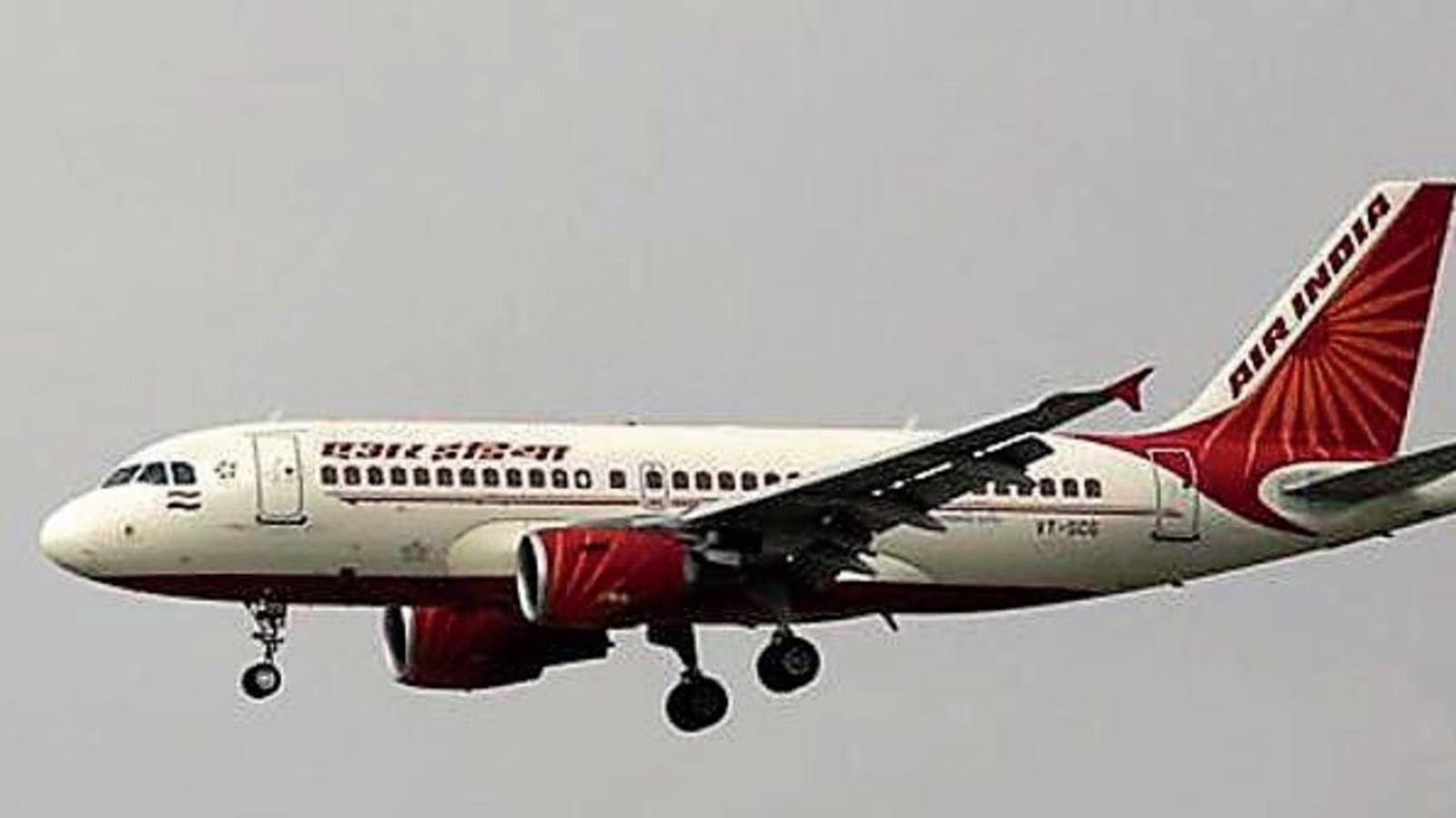The Schengen Area’s hallmark of passport-free travel is undergoing a major transformation in 2025, as a wave of internal border checks sweeps across Europe. In response to mounting concerns over irregular migration, terrorism threats, and regional instability, multiple member states have reinstated internal controls, reshaping the landscape of European travel.
Countries including Germany, France, the Netherlands, Austria, Italy, Slovenia, Denmark, Sweden, Norway, and Bulgaria have all tightened border measures this year. While Articles 25 and 29 of the Schengen Borders Code permit such actions during extraordinary circumstances, the current extent of checks is unprecedented in the zone’s history.
Germany initiated the trend in September 2024, enforcing checks at all land borders due to concerns over smuggling networks and unauthorized migration. These measures, initially described as temporary, have now been extended through at least mid-September 2025. France quickly followed, reinstating border checks from November 1, 2024, amid heightened terror alerts and security preparations for major events. French authorities are likely to continue these controls beyond the April 30, 2025 deadline.
The Netherlands introduced six months of internal checks starting December 9, 2024, focused on managing increasing migration flows. Similarly, Austria and Italy have kept their borders under surveillance due to persistent migration pressures. Slovenia has upheld active checks since December 2024, driven by regional instability.
Northern European nations—Denmark, Sweden, and Norway—have all extended internal border checks through late 2025, citing national security concerns. Bulgaria, which joined the Schengen area partially in January 2025, has applied selective internal controls as it transitions into full membership.
For travelers, this means a temporary return to ID verification at borders where movement was once seamless. Tourists are strongly advised to carry valid passports or national ID cards, along with supplementary documents such as visas, travel bookings, and accommodation confirmations. Extra buffer time should be factored in when crossing road, rail, or even intra-Schengen air borders.
Cross-border commuters, students, and logistics operators are particularly affected by the delays, with transport companies reporting longer wait times due to thorough inspections.
Despite these temporary shifts, European officials emphasize that Schengen’s core values of cooperation and mobility remain intact. Travelers are encouraged to check the European Commission’s Temporary Border Controls Tracker or consult their destination country’s immigration portal for up-to-date information before traveling.
In short, Schengen is still open—but it’s wearing a security badge for now.











